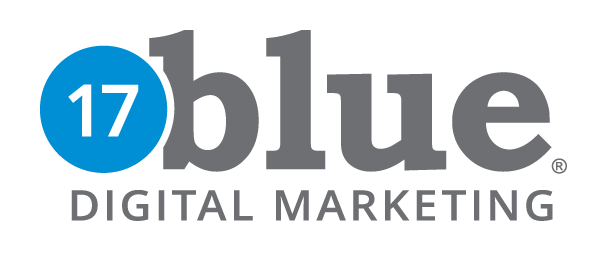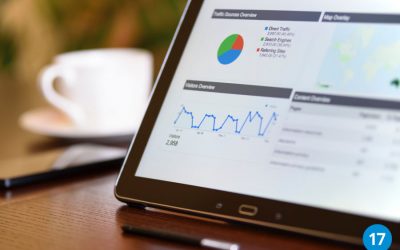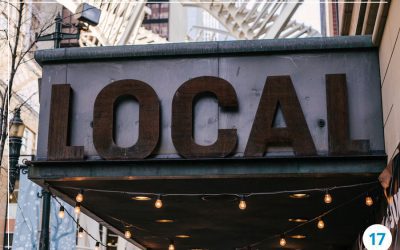While talk of page views always gets a lot of attention, a ton of traffic doesn’t necessarily translate into online marketing success. Traffic that fails to convert at a reasonable rate is as frustrating as bumper-to-bumper headaches on the highway. Bad traffic bloats your metrics, wastes your budget and gets you nowhere.
What you want is traffic that converts. If you measure traffic simply to increase visits to your site and landing pages, you’re missing the point. Here are a few reasons why more traffic isn’t always a good thing:
When Crawlers Bloat Your Metrics
Bots, site crawlers, scrapers and spiders can all inflate traffic reports. Why is that a bad thing? Because they are all automated programs that can tie up your site, deplete your advertising budget and skew your site statistics. Some bots show up in your server logs, and can affect bandwidth (volume) on the server. If your hosting account has bandwidth limits, that’s eating away at your available volume. Bots are also sometimes recorded as a hit in your analytics, causing crazy spikes in your results. According to a 2014 report by Incapsula, bots now account for 56% of all website traffic. Of that amount, 29% are reported to be “bad bots” – impersonators, scrapers, hacking scripts and spammers.
The sheer volume of traffic created by bots impacts your ability to accurately assess the popularity of your content. Bots can create the false impression that a particular tactic is working, leading to poor editorial and business decisions. Smart brand publishers are mostly concerned with building relationships with actual humans – and tracking how those relationships develop – bots can interfere with that process.
When They CLICK and Bounce
A high bounce rate normally indicates that your website visitors aren’t finding what they’re searching for. Your bounce rate is the percentage of visitors to your website who navigate away after only viewing a single page. A high bounce rate in organic search demonstrates your site is showing up for particular keywords, but the searcher is looking for something else. A moderate bounce rate is expected as users refine search criteria to find the information they’re after. A variety of “normal” bounce rates exist, but generally one that’s in excess of 70% is a bad sign.
This matters most for organic search results and paid search results. With paid search, a high bounce rate indicates that you may need to revise content on your landing page or modify your keyword targeting. A paid ad might be really effective at earning clicks, but if the page content delivers less than the visitor expects, you’ll see a high bounce rate. If this is the case, it might be time to start working on better messaging, content or even the website’s interface. These elements work together to effectively engage your visitors and prevent declining search engine rankings.
When They just Click to Click
While optimizing for clicks is a useful approach for search advertising, using display clicks to increase conversions can be highly ineffective if not powered by intelligent targeting, monitoring and data. The people most prone to click ads are usually very different from your best prospects. While heavy clickers are only 6% of Internet users, they’re responsible for half of all display ad clicks. They devote four times as many hours to surfing as non-clickers, but their spending doesn’t correlate with this heavy level of use.
Additionally, tech-savvy shoppers are ignoring and blocking ads entirely. According to PageFair, ad blocking has grown by 41% globally in the last 12 months and is expected to cost publishers nearly $22 billion this year. That’s a huge waste of advertising budgets.
Quit the Click-Drama: Focus on Conversions
You want to ensure that the traffic you’re pursuing is qualified and good for your business. More traffic is not better if it doesn’t translate to action and sales. Qualified traffic contains a higher percent of conversion-ready visitors. Create high quality, valuable content that will attract your buyers and publish it through blogs, videos, and social channels. Leverage online discussions to showcase your expertise and drive traffic to your website.
You can also minimize traffic that’s unlikely to convert. The most effective way to reduce wrong traffic is to exclude market segments that don’t fit from your marketing efforts. By pushing away divisions of the market you don’t wish to pursue, you actually create greater opportunities for engagement with those you do. And people love to feel like they’re part of an exclusive group.
If you’ve been measuring total traffic with the goal of simply increasing all visits to your site, it’s time to change your focus. Concentrate your efforts on high-quality content and establishing market position as an authority in your field. Focus on the specific needs of your most qualified visitors and you’ll improve in attracting the right buyers – and increasing conversions.





